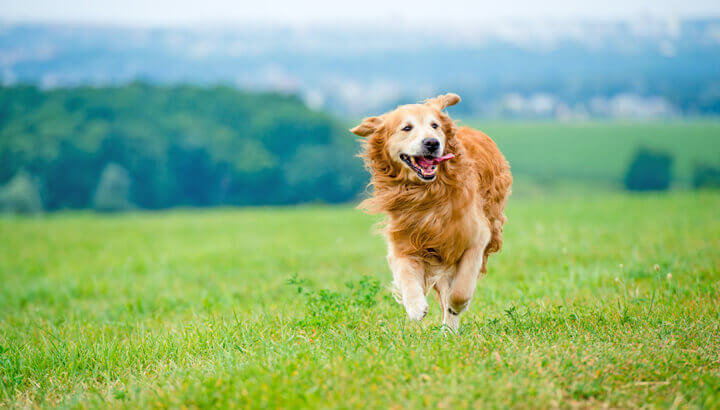
You wouldn’t walk barefoot on hot pavement or sand, but you might bring your barefoot dog along on the same surfaces. If it’s too hot for your bare feet, it’s not fit for Fido either.
In summer, hot pavement can reach 120 degrees Fahrenheit. Just as you protect your own feet, it’s important to protect your pup’s paw pads. Before you venture out with your dog, place your hand — or bare foot — on the pavement. If you instinctively draw away, it’s too hot for your dog to walk on.
Worst case scenarios
Two dogs were recently rescued from a Newark, N.J. rooftop where they had been burned by boiling tar. Buildings with flat roofs often have roofing tar. In seasonable weather, such a surface is fine, but tar will literally boil when the temperature rises. The two dogs were desperately trying to find a place where they would not experience burning and were spotted by a neighbor who called authorities. The Yorkshire terrier had burns on her rear, as she had apparently sat in the tar. The pit bull was covered in tar. Both dogs are recovering at a nearby emergency veterinary hospital.
While this is an extreme situation, veterinarians throughout the country have dogs with burned paw pads brought in during the summer. Although pavement is a primary offender, any surface that gets hot can burn your dog’s feet. That includes boat docks or boardwalks. If your dog burns his feet, treatment may include bandaging, pain medication and antibiotics to combat infection.
Superheated particles
The hot surface alone isn’t your only concern. Dogs can get “superheated particles” — bits of gravel or stone — stuck in their paw pads, causing burns that tear the pad apart.
Signs of burned pads

If your dog’s paw pads are badly burned, he’s in obvious distress. It’s the minor burns that may go unnoticed. They may get worse if action isn’t taken. Signs of burned paw pads include:
- Chewing paws
- Licking paws
- Limping
- Reluctance to walk
- Whining
Puppies, whose paws have not yet developed protective calluses, are at greater risk of burning their paw pads than older canines.
Healing issues
If your dog’s pads are burned or hurt, they can take weeks to heal. That’s because, unless your dog is completely immobilized, he needs to walk on injured pads.
Pad toughening
When the weather is cool, take your dog for walks on pavement. This helps toughen the paw pads, so burning and minor injuries are less likely.
Daily paw check
Check your dog’s paws whenever the two of you come back from exercising. That’s important in every season, not just the heat of summer. Look for any redness or discoloration in the pads or any debris stuck within them. Moisturize your dog’s feet daily with petroleum jelly or creams designed specifically for paw pads. Keeping the pads in top condition minimizes the risk of minor cuts and cracking.
Emergency treatment
If your dog experiences hot paw pad issues while you are on a walk, pick him up — if possible — or call someone to pick you up and take you home. Once home, flush his feet with cold water or apply cold pads or compresses. Get your dog to a vet as soon as possible, because there’s a good chance your pet could develop an infection.
Stay on the grass

Avoiding paw pad injuries isn’t difficult. Walking on grass shouldn’t hurt your dog’s feet. If you take your dog out in the early morning or later in the evening, pavement and sand are cool enough to walk on.
Dog boots and other options
Your dog might not like boots or shoes, but they will protect his feet if you have no choice but to walk him on hot pavement. They aren’t always easy to fit, and what works well for one type or breed of dog won’t necessarily fill the bill for another. Disposable boots are also available. In a pinch, an old pair of socks can protect your dog’s feet if you are only going out for a short time. Ask your vet or dog trainer for summer dog boot recommendations.
Summer is a great time for you and your dog to enjoy the outdoors. Just make sure both of you travel on cooler paths or wear the proper footwear, and you’ll have a wonderful time.
— Jane Meggitt

